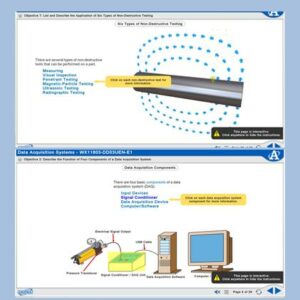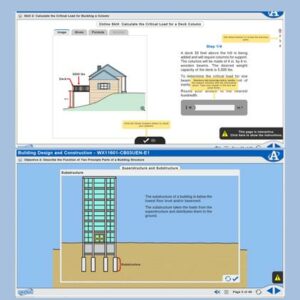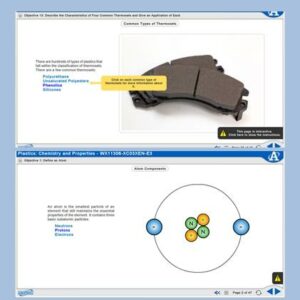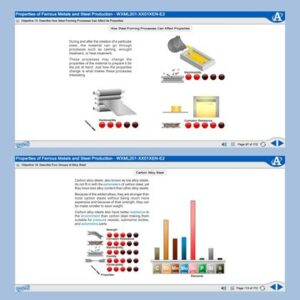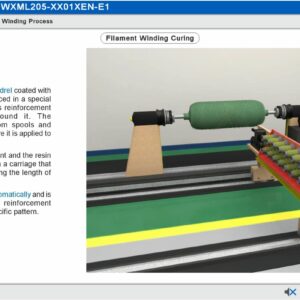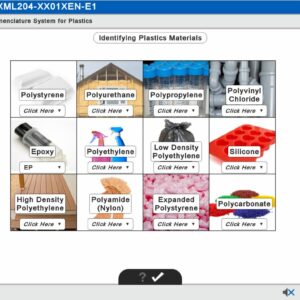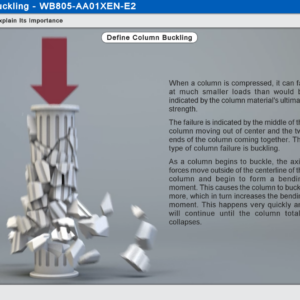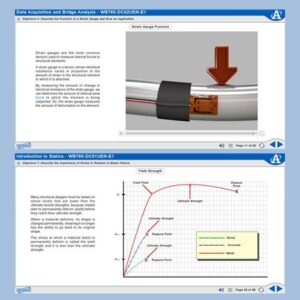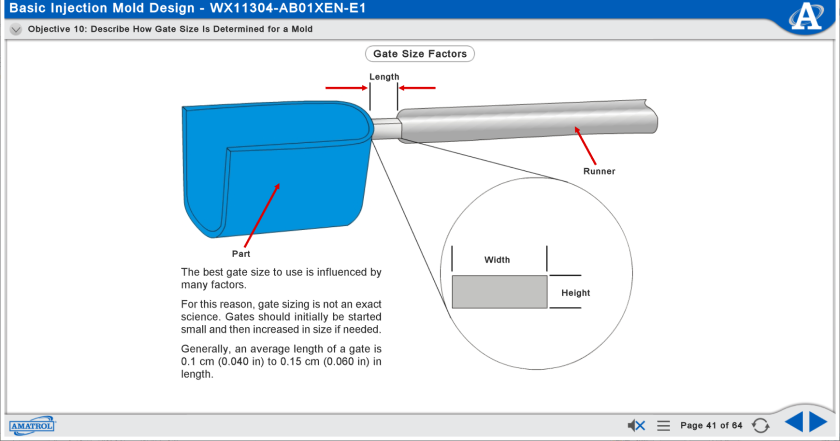
-
Additional Requirements
- Computer: See requirements
The Plastics Mold Design training course introduces basic injection mold design including injected mold sprues and runner systems and injection mold gates and mold vents. Advanced concepts taught include mold material and construction, multi-cavity molds, unbalanced multi-cavity molds, inserts in injection molds, and undercuts in injection molds. Learners will cover additional concepts in part design and material selection, thermoplastic molding materials, and blow molding design including materials and advanced design. These concepts provide an overview and cover a broad range of plastic mold design functions and operations.





